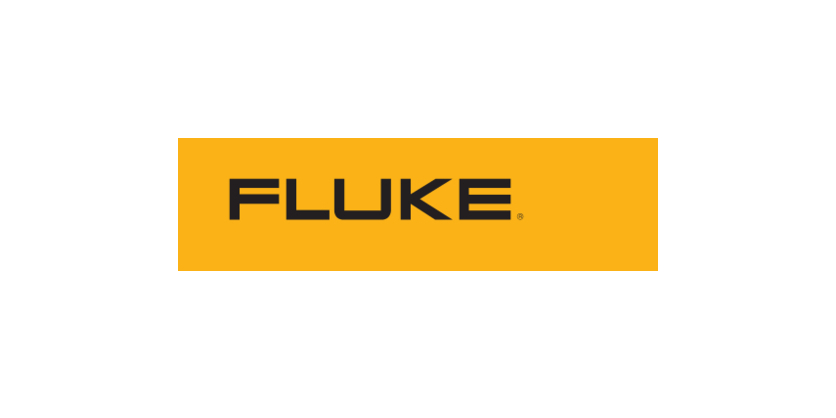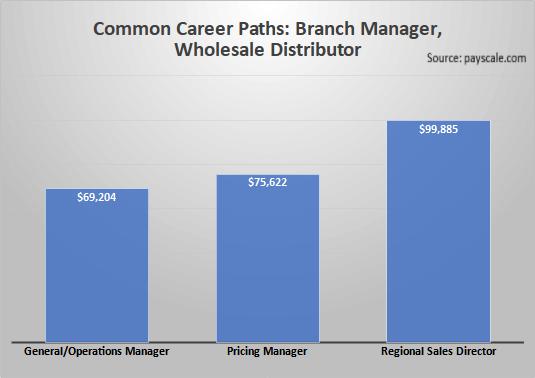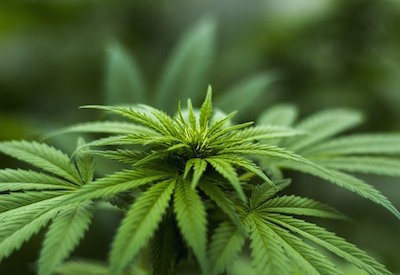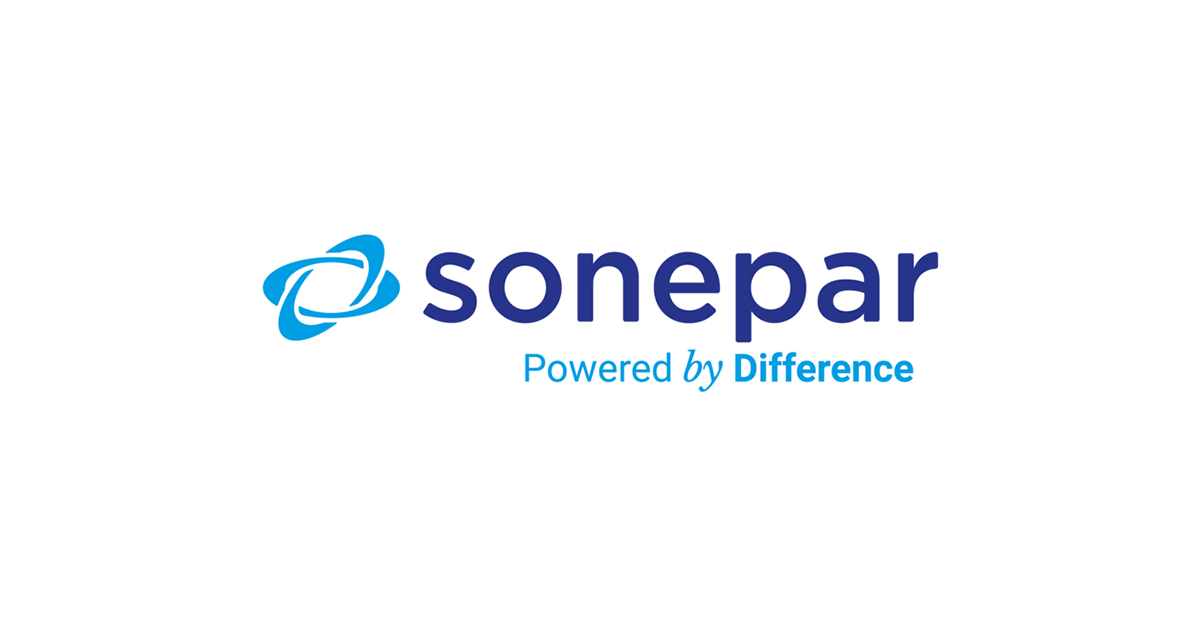Essential Tools for Enhancing Energy Efficiency in Buildings

November 14, 2023
Energy efficiency is a critical consideration for anyone looking to reduce energy costs and minimize environmental impact.
One way to achieve this goal is by using various tools and instruments to identify and address potential sources of energy waste in buildings. In this article, we will explore essential tools that can help you.
Locate Moisture Intrusion
Regular inspections with a thermal imager, both inside and outside of structures, can quickly identify areas of accumulated moisture. This is crucial for preventing structural damage, mold growth, and energy loss.
If mold is suspected, use a temperature humidity meter to take readings. This helps determine whether suspected areas have fallen below dew point levels, indicating the presence of excessive moisture.
Monitor Heat Loss
An infrared thermometer can be used to scan walls, floors, and ceilings to determine whether room temperatures are evenly balanced. Differences in temperature can point to sources of heat loss, such as insufficient insulation or broken seals.
For a more detailed assessment, use a thermal imager to quickly locate specific areas of heat loss, allowing for targeted repairs and improvements.
Measure Indoor Air Quality
Maintaining optimal indoor air quality is essential for occupant comfort and health. To achieve this:
- Use an indoor air quality meter to check temperature, humidity, and ventilation levels, ensuring they fall within comfortable ranges.
- Verify filter effectiveness with a particle counter. Ensure that indoor air particulate levels are lower than outdoor levels to maintain a healthy environment.
- Use an air flow meter to measure the pressure and movement of air within the building. This helps locate leaks in ducts and identify malfunctioning ventilation and exhaust systems.
Examine Furnaces & Boilers
Efficient operation of furnaces and boilers is crucial for energy efficiency and safety. Here’s how to ensure they perform optimally:
- Compare dc micro amps with manufacturer specifications to assess the health of the heating element.
- Verify that flue gas temperatures are within acceptable limits using a true-rms clamp meter with a temperature measurement function.
- Use an indoor air quality meter to check for excess levels of CO2 and harmful carbon monoxide around boilers and furnaces. Elevated levels may indicate ventilation/exhaust system issues or leaks.
- Perform a scan of the furnace or boiler exterior with a thermal imager to check the inside insulation. Hot spots may indicate a need for repair or insulation improvement.
Verify HVAC System Performance
A well-functioning HVAC system is vital for maintaining comfort and energy efficiency. Here’s how to ensure it’s operating optimally:
- Use a thermal imager or infrared thermometer to locate hot spots on operational components. These hot spots may indicate impending mechanical or electrical system failures.
- Check electrical connections with a true rms clamp meter to identify over/under voltage issues, which can lead to reliability problems and system failures.
Identify Leaks in Compressed Air and Gas Systems
Leaks in compressed air and gas systems can be significant sources of energy waste, not to mention expensive. Acoustic imagers are used to detect these types of leaks and help prioritize them for addressing.
- Acoustic imagers work by capturing the sound generated by leaks, even when they are too small to be heard by the human ear.
- By scanning the system with an acoustic imager, you can pinpoint the exact location of leaks, allowing for timely repairs and preventing energy losses.
Investing in the right tools for energy efficiency assessment and maintenance, including acoustic imagers, can yield significant benefits in terms of energy savings, occupant comfort, and building durability. By regularly using a combination of thermal imagers, temperature humidity meters, air quality meters, and acoustic imagers, you can detect and address energy-wasting issues in your building comprehensively, ultimately leading to a more sustainable and cost-effective environment.










